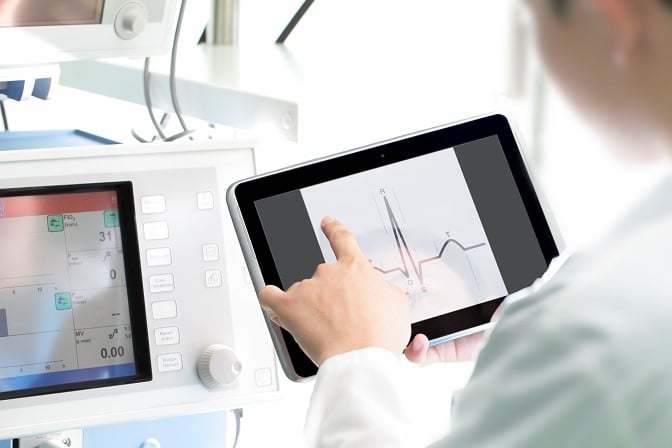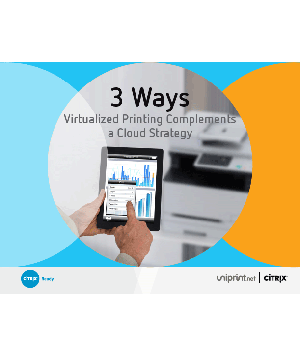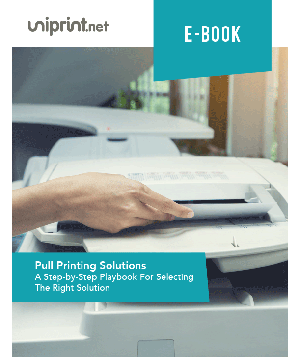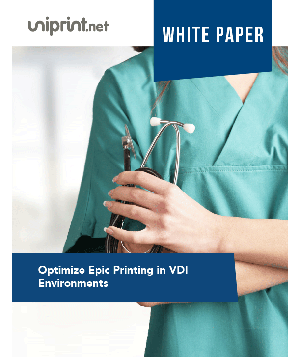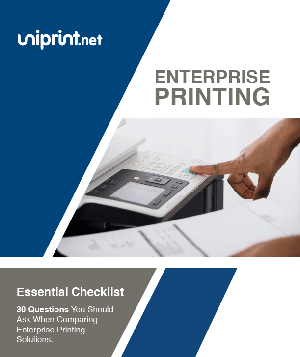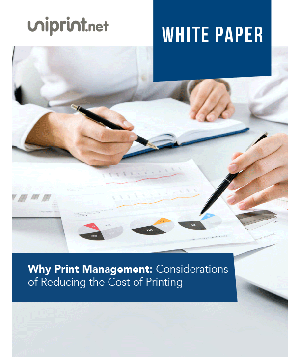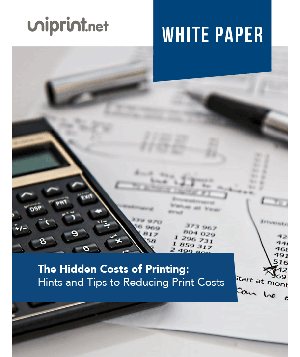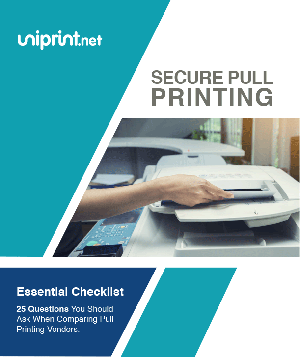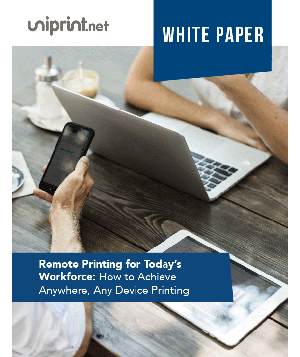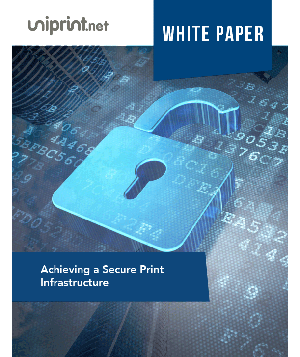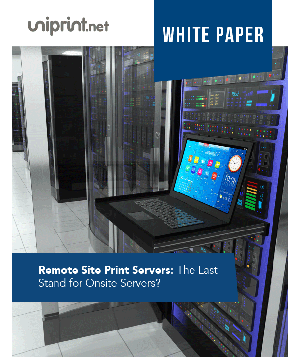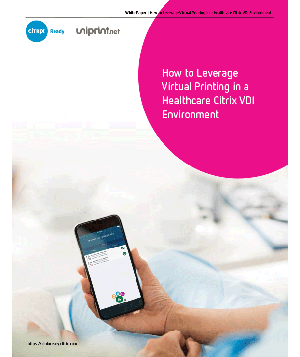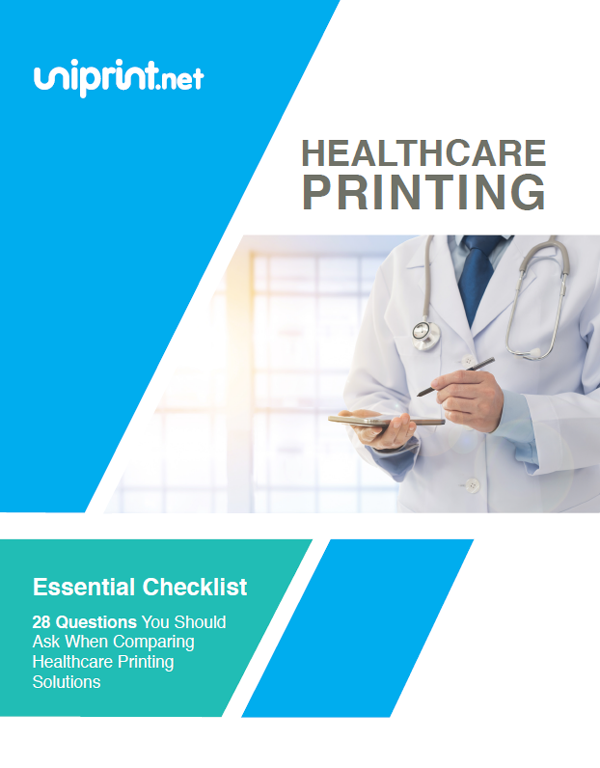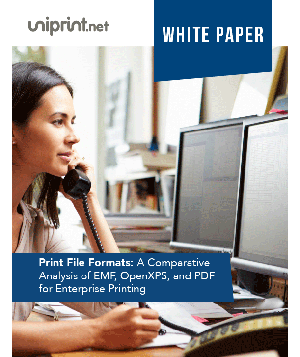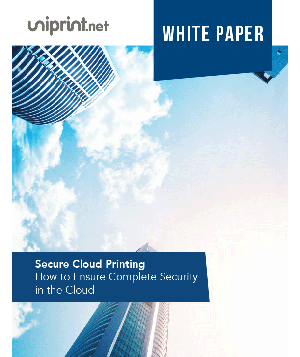Protecting Yourself from Printing Pain: Moving Traditional Print Management to the Cloud

I sit at my desk the day after having my vaccines so that I can safely travel to the Cloud Expo Asia Event in Singapore in October, trying to take my mind away from the droning pain in my arms. Yes, I know I probably shouldn’t be able to type with the pain so bad, but that’s the point; yes, it hurts like hell, fortunately, I can just about type this blog… and then a simple analogy entered my mind…
It occurred to me that the ache in my arms since having the vaccines, is a lot like the ache of moving your traditional print management solution to the cloud – It’s doable but it hurts like hell!
What is Cloud Printing? How Cloud Printing Works

With the rising popularity of cloud services, it is not surprising that the cloud has expanded into printing. Cloud printing can be described as a service that allows users to print from any device on the network. Cloud printing connects digital devices like smartphones, laptops, and tablets, and workstations with printer stations.
By comparison, traditional printing done through cables is plagued by software driver problems, compatibly issues, and device connectivity problems. Today’s cloud printing service eliminates the need for printer drivers, instead links the printer and device and allows the printer to receive the digital information via the cloud.
7 Different Types of Cloud Computing Structures
Cloud computing is basically a collection of different services provided by different companies. It mainly depends on resource sharing using internet enabled devices that allow the function of application software.
The Cloud can serve a wide range of functions over the Internet, such as storage from virtual servers, virtual applications, authorization of desktop applications etc.
By implementing resource sharing, cloud computing is able to achieve reliability and economies of scale. There are mainly two types of cloud computing models which are service based and deployment based.
What is the difference between EMR and EHR?
The main difference between EMRs and EHRs is that EMRs (Electronic medical records) are digital versions of paper charts that clinicians and healthcare workers use at the office, whereas EHRs (Electronic health records) are digital versions of patient charts, but it is a more detailed record of a patient’s medical history.
With a lot of news coverage and changes in technology, the terms EMR and EHR are often mixed up, leading to some confusion.
There are quite a few differences between EMR and EHR. Below we outline the major differences and some challenges healthcare workers may be facing in EMR and EHR printing.
Citrix Printing Guide: How to Solve Your Citrix Printing Problems

Cloud solutions and virtualization have grown in the past couple of years, and is yet to grow at an exponential rate for businesses of all sizes and industries. Amongst many virtualization platforms out in the market, Citrix has proven to be one of the best for businesses.
However, printing in Citrix is still relatively difficult at times for system administrators. There can be many factors and complications that can arise when managing printers in a virtual environment and thus this leads to unique challenges and problems.
Citrix native printing alone depends not only on how the machines are set up in your business, but also how the Citrix print policies are configured. Below are some of the major Citrix printing problems users face and how to solve them.

